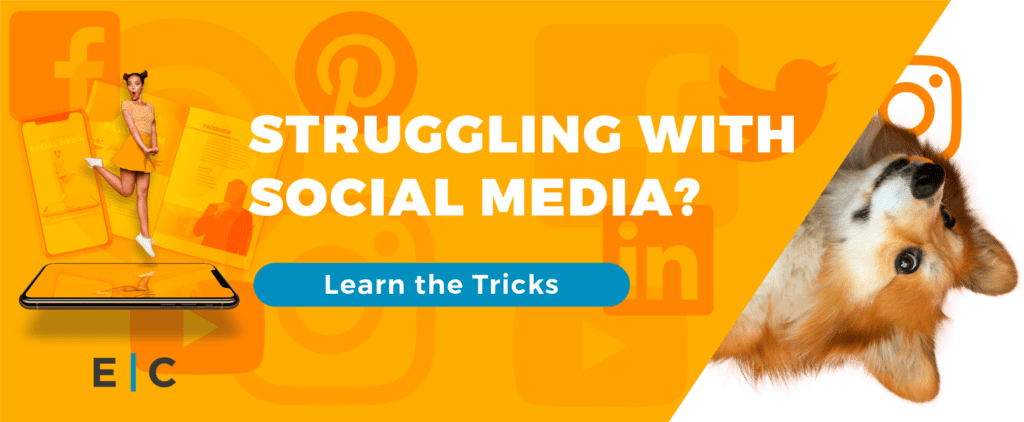“Content” has been a marketing buzzword for some time now, and it looks unlikely to recede any time soon. At its core, content marketing is simply showing the world why your company is the best, and why your potential customers should make a purchase from you. However, content marketing has many nuances within it; for example, it’s often better to take a different approach on Twitter versus an email blast, even if you’re trying to market the same product on both channels.
To that end, every successful marketing effort will include a detailed and structured content generation plan. Content generation is a multi-faceted process that must be carefully planned and managed if it is to succeed.
The Content Generation Process
The exact process of content generation depends on who your company is, and who you’re trying to reach. Some organizations will need to constantly send a stream of updates and news into the world, whereas others may be able to just get by with a quarterly white paper and a press release. Your content generation process will largely be determined by what you are trying to achieve with your content, be it:
- Sales growth
- Increased customer value
- Raised brand awareness
- Lead generation
Different content is best for different goals. A white paper tends to be better for lead generation, whereas a Facebook and Twitter post can be optimized for direct sales.
A basic content generation process may look like this:
- Identifying the objective
- Creating the content
- Broadcasting, posting, and sending that content
However, there could be numerous sub-steps within the content generation process. Certain departments may need to review marketing content that will directly affect their operations, such as sales or IT. Some content may need to be cleared with the legal office before it can be sent out into the world. In many cases, the CMO or similar executives will need to approve the content as well, in addition to providing insights and notes for changes. The content creators, such as your copywriters and designers, may have their own revisions they need to implement.
Therefore, a refined and comprehensive content generation process may include:
- Identifying the objective
- Ensuring the objective meets the needs of the marketing and sales departments
- Evaluating the objective against current company-wide goals
- Creating the content
- Initial drafts of the copy and design
- Revisions and second drafts
- Semi-final versions
- Final versions sent for approval from the CMO or client
- Broadcasting, posting, and sending that content
- Scheduling the post of email and making sure it goes live
- Evaluating the content’s performance over time
Your exact content generation process will vary based on the talents and needs of your marketing team.
The Important Purpose of Content
In its purest form, content is ultimately about providing upfront value in the form of entertainment or information. To this end, the format and style of your content should be oriented towards the things your customers find valuable or entertaining; a CFO will want to know how they can better manage their company’s financial resources, whereas a restaurant owner will be more interested in learning how to save money on fresh produce.
More importantly, most (if not all) content should be offered free of charge. “Gating” your content is perfectly fine (and a great way to generate leads), but at no point should you concern yourself with “monetizing” your marketing content. In fact, your marketing content is what helps monetize your company – not the other way around.
-FINAL(01-00)-White&Blue-01.svg)




